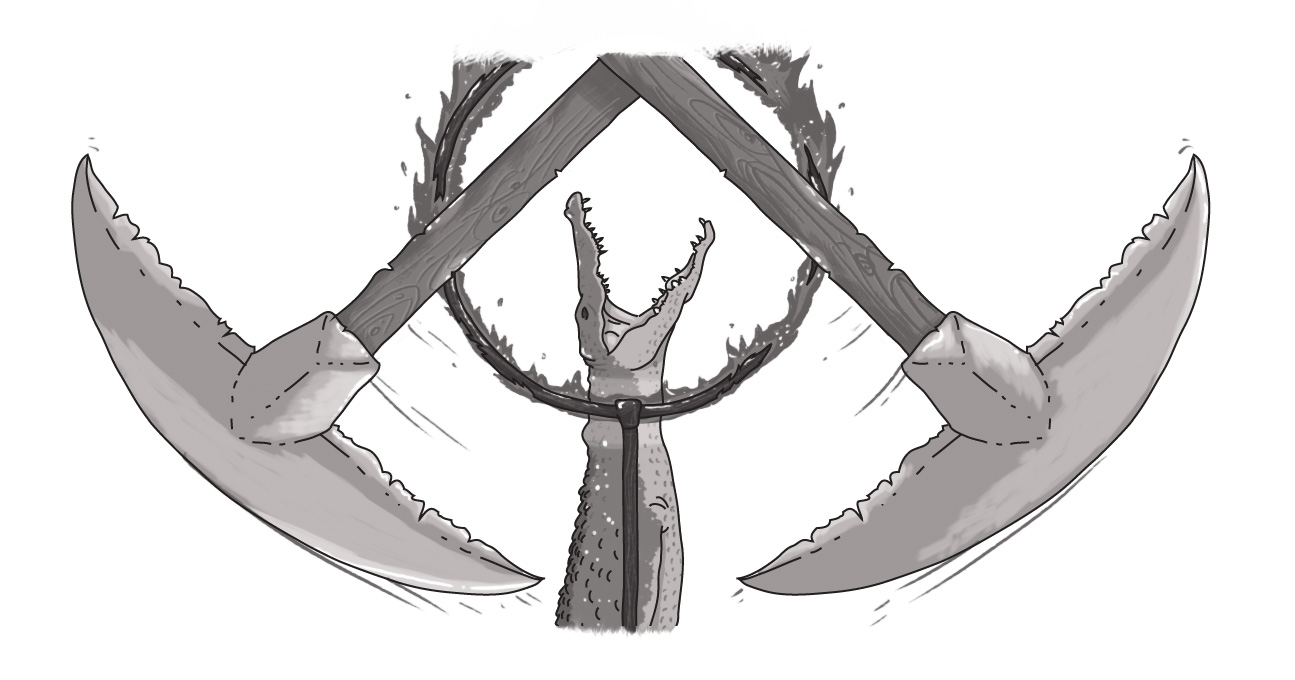When Bad Things Happen to Good Brands

Every company wants its brand to be ubiquitous -- but there's a caveat to that. The concept that there is no such thing as bad publicity is just wrong, and it requires careful messaging to ensure that your company (or its product) doesn't become infamous.
The Kensington Market BIA in Toronto is facing this problem and has taken action. And it's challenging because it pits the desire to have one's brand used in common language with the application of that term in a negative light.
From a business perspective, the pervasive use of Kensington Market into the general (albeit Toronto-centric) vernacular is a huge success. The fact that the name one business area has come to be the definition of an entire region is a testament to the success of the BIA, its merchants, and the quality of the products and services.
Yet, the fact that Kensington Market has become so ubiquitous has, in some ways, backfired -- at least in its perspective, with the fact that media is using the region as a descriptor in crime reports. The BIA even sent out a press release requesting the media stop the practice.
Unfortunately, Kensington is a victim of its own success. And its request is simply tilting at windmills.
Historically, we've seen brands become victims of their own familiarity. Through no fault of their own, they run into messaging challenges. Examples? What's the first thing you think of when you hear, "Drinking the Kool-Aid"? For those of a certain age, which brand of pain reliever is associated with cyanide? But neither of those situations were the brand or company's fault.
Microsoft, Monstanto, McDonalds -- they're all companies that have been pilloried and vilified in society.
Social media makes it an even greater challenge. Half-truths, misinterpretations, and even outright fabrications and lies can be spread as fact with the click of a mouse. And no retraction or following up with the truth is going to have the impact to counter the initial viral negativity.
So what's the answer? There really is none. Perspective helps, though.
For example, with Kensington Market it's important to know that media want to convey information as quickly as possible -- especially in headlines and ledes. Sure, a street corner may be more accurate, but it's safe to say that (thanks to the brand equity it's built up) Kensington Market is a more intuitive frame of reference for the average reader. And while it can be frustrating to see your brand pop up in negative stories that have nothing to do with you or your products, conversely, there are likely countless other positive affiliations from which you benefit.
We all want to be Kleenex -- have our company, product, or service gain such incredible traction with the general public that your branding comes to redefine the industry.
But that comes with risk.
As always, the best defense is a good -- and honest -- offense. Be proactive with providing good quality service, create content that has value to your customer base, stand by your product and customer service.
By doing that, you create a community of advocates who will stand up for your efforts and share the truth.
And if something bad happens to you, respond as clearly, honestly, and openly as you can. Kensington Market got out in front of the issue by sending a press release. Will it change the way media covers stories in the area? Not likely, as the brand is the best identifier. But the coverage of the release has reinforced the message that they intended to send.
Sometimes there's no fix to a problem, but you can mitigate the image. After all, sometimes bad things happen to good brands, and you have to make the best of it.
How do I deal with negativity?
SUBSCRIBE TO OUR E-NEWSLETTER
 Subscribe
Subscribe


